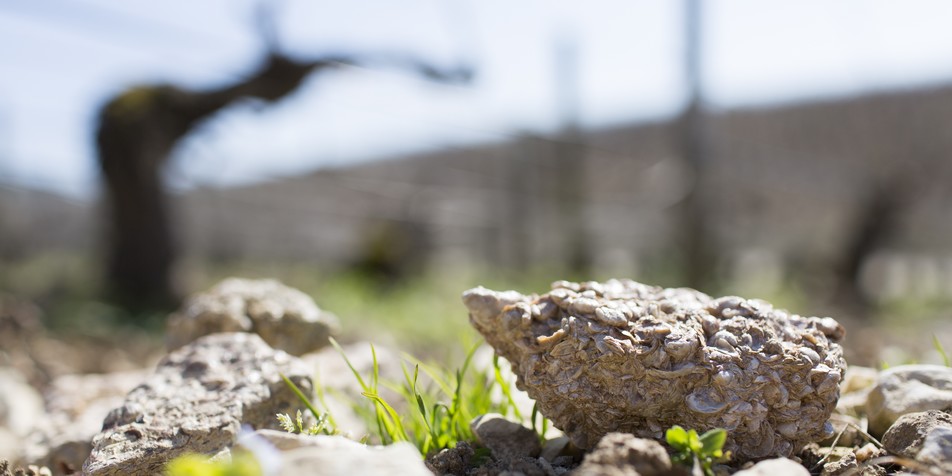

Chablis 1er Cru Chaume de Talvat
Often overlooked because of its small area, Chaume de Talvat is however worthy of attention.
Because of its small surface area, Chaume de Talvat is often overlooked! It must be said that this name is not usually found on labels. Its main characteristics are very similar to that of its neighbor, Côte de Jouan. It enjoys morning sun towards the middle of the day through its south and east exposure. As this vineyard is very open, the air circulates easily, and the grapes ripen in good conditions. To the delight of winegrowers, this setting also protects this Climat from spring frost. The subsoil consists of particularly shallow Kimmeridgian marls, even exposed at times. On the surface, the soil is thin and stony.
Chaume de Talvat, as like other flag-bearing Climats such as Vau Ligneau, Côte de Léchet or Côte de Jouan, stands on its own: no secondary Climats are included under its banner.
